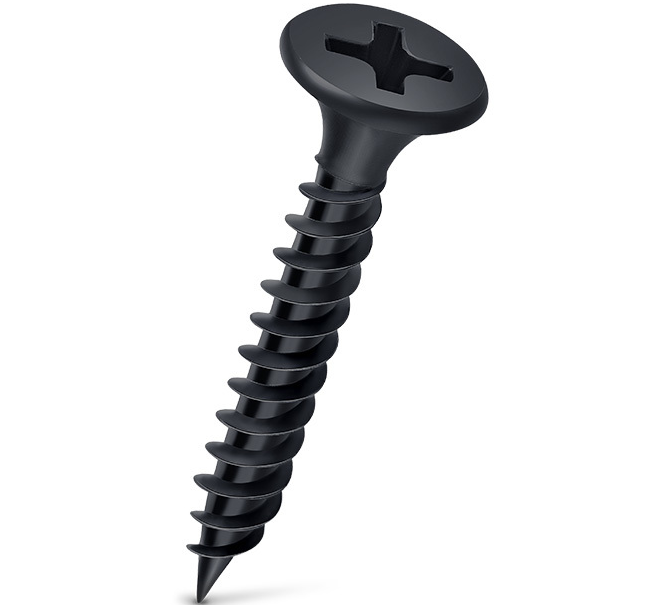flat washer size guide factories
Understanding Flat Washer Size Guides for Factories
Flat washers are essential components in many industrial applications, providing a stable surface for fasteners, distributing loads, and preventing damage to materials. When it comes to manufacturing, understanding flat washer sizes is crucial for ensuring the right fit and functionality in assembly. This article will explore the significance of flat washer size guides for factories and how they can help optimize production processes.
What are Flat Washers?
Flat washers are thin, flat discs made from various materials including metal, plastic, and rubber. They come in various sizes and thicknesses to accommodate different applications. Their primary purpose is to distribute the load of a threaded fastener, such as a bolt or screw, thereby minimizing the risk of damage to surfaces and enhancing the overall stability of assemblies.
Importance of Size Guides
In a factory setting, utilizing the correct size of flat washers is imperative. Each application may have specific requirements in terms of washer diameter, thickness, and material. A well-structured size guide provides a reference point for manufacturers to choose the right washers, which in turn ensures the performance and safety of their products.
1. Load Distribution Flat washers help distribute the load across a wider area. Using the wrong size can lead to uneven pressure, potentially causing material deformation or failure over time.
2. Prevention of Damage By choosing the right flat washer size, manufacturers can prevent damage to the surfaces being fastened. This is especially important in sensitive materials where surface integrity is crucial.
3. Enhanced Stability The correct size of flat washers provides better stability to fasteners, reducing the chance of slippage or loosening over time. This contributes to the longevity and reliability of the assembly.
flat washer size guide factories

Key Factors in Selecting Flat Washers
When referring to flat washer size guides, there are several key factors that should be taken into account
- Inner Diameter (ID) The size of the hole in the center of the washer must match the diameter of the bolt or screw it will support.
- Outer Diameter (OD) The outer diameter should be appropriate for the application, ensuring it is large enough to distribute the load effectively.
- Thickness The washer's thickness can influence the load-bearing capability and should be chosen based on the specific application requirements.
- Material Depending on the environment (e.g., corrosive, high-temperature), the choice of material is vital for durability and performance.
Conclusion
In summary, flat washer size guides are indispensable tools for factories striving for efficiency and quality in their operations. By understanding and utilizing these size guides, manufacturers can enhance load distribution, prevent damage, and improve overall assembly stability. Ultimately, proper selection of flat washers leads to safer and more effective products, underscoring the importance of meticulous attention to detail in manufacturing processes.
-
Top Choices for Plasterboard FixingNewsDec.26,2024
-
The Versatility of Specialty WashersNewsDec.26,2024
-
Secure Your ProjectsNewsDec.26,2024
-
Essential Screws for Chipboard Flooring ProjectsNewsDec.26,2024
-
Choosing the Right Drywall ScrewsNewsDec.26,2024
-
Black Phosphate Screws for Superior PerformanceNewsDec.26,2024
-
The Versatile Choice of Nylon Flat Washers for Your NeedsNewsDec.18,2024










